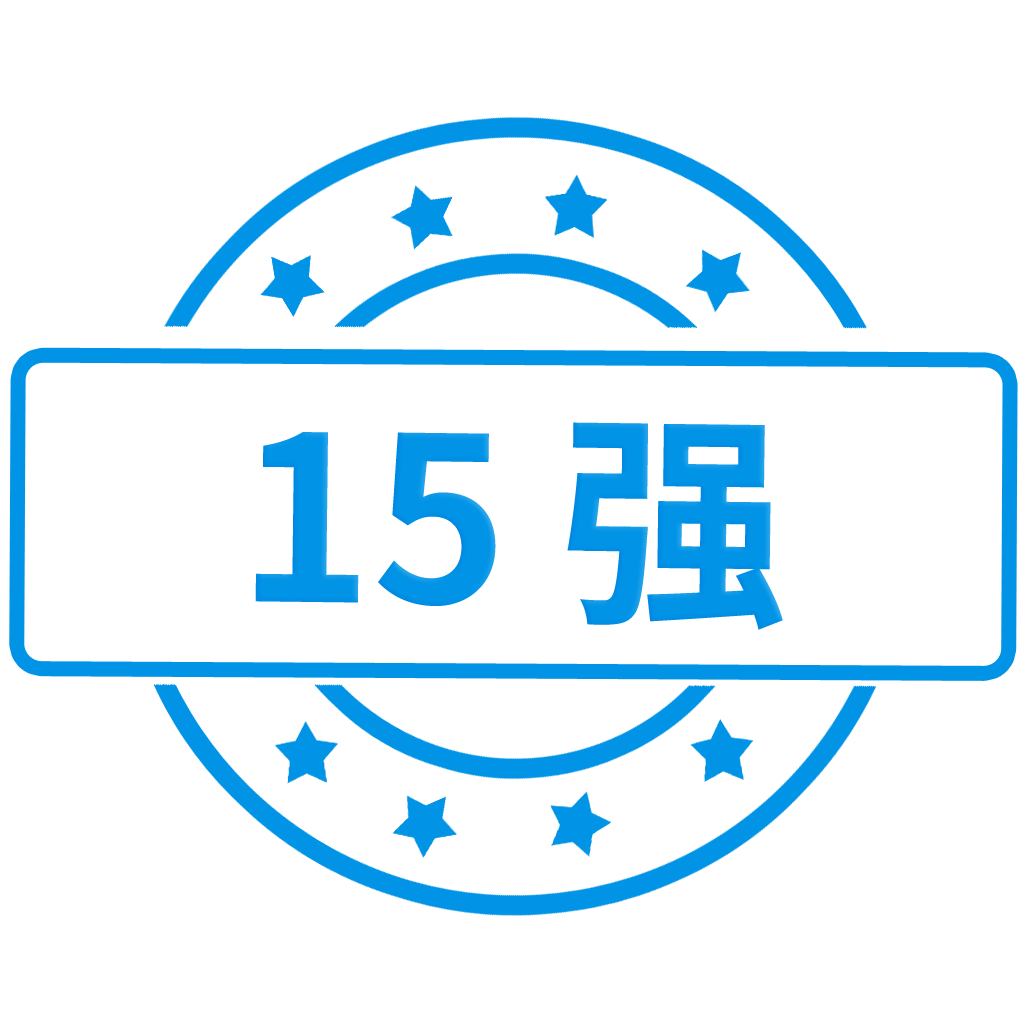描述
<p style="font-weight:400;"><strong>1、</strong><strong>作品简介</strong><strong> </strong>(用途、目的和意义)</p>
<p style="font-weight:400;">作品的整机外观图片或焊接组装好的PCBA图片。</p>
<p style="font-weight:400;"><img src="//image.lceda.cn/pullimage/FXyEzVid7AFYu8OOfikVXvalTMB5CWiOvaHzPUWa.jpeg" alt="FXyEzVid7AFYu8OOfikVXvalTMB5CWiOvaHzPUWa.jpeg"></p>
<p style="font-weight:400;"><img src="//image.lceda.cn/pullimage/b3MAqfTugtwjilFXFJ9HWO1ITFXD6I4NCYJiHnk0.jpeg" alt="b3MAqfTugtwjilFXFJ9HWO1ITFXD6I4NCYJiHnk0.jpeg"></p>
<p style="font-weight:400;">您这个电子制作的用途是什么?能实现那些功能?</p>
<p style="font-weight:400;"><strong>帮助硬件工程师更快地画板,提高工作效率,主要实现</strong><strong>altium designer pcb layout</strong><strong>常用的一些操作。</strong></p>
<p style="font-weight:400;">为何要制作这个作品?</p>
<p style="font-weight:400;"><strong>工作当中,由于</strong><strong>pcb</strong><strong>软件的来回切换(</strong><strong>AD,PADS</strong><strong>等),经常忘记</strong><strong>altium designer</strong><strong>的一些快捷键,尤其是长时间不用时,忘记了就得去查,浪费了不少时间,本键盘包含了</strong><strong>altium designer</strong><strong>常用的一些快捷键,在您忘记的时候,一键帮您搞定。</strong></p>
<p style="font-weight:400;">这个作品能给使用者或者社会带来哪些改变、益处或进步?</p>
<p style="font-weight:400;">即:实用性,你自己觉得它体现在哪里?</p>
<p style="font-weight:400;"><strong>主要是提高画板效率。</strong></p>
<p style="font-weight:400;"> </p>
<p style="font-weight:400;"><strong>重要提示:本键盘最好只作为辅助工具,不要太依赖本键盘!(可能说的有点自作多情,哈哈)</strong></p>
<p style="font-weight:400;"> </p>
<p style="font-weight:400;"><strong>2、</strong><strong>作品亮点</strong>(如果有请写出)</p>
<p style="font-weight:400;">您这个作品在设计、实现细节或思路上,用上了哪些新技术或者创新之处?</p>
<p style="font-weight:400;">特别好的性能、参数指标也是一个亮点。</p>
<p style="font-weight:400;">即: 创新性和趣味性,你自己觉得它体现在哪里?</p>
<p style="font-weight:400;"><strong>个人觉得亮点如下:</strong></p>
<p style="font-weight:400;"><strong>1.</strong><strong>自动切换大小写。</strong></p>
<p style="font-weight:400;"><strong>画板过程中,按快捷键时经常会遇到切换输入法的麻烦,本键盘发送键值前,自动判断大小写,最终以大写的方式发送出去,用了本键盘,中英文输入法与我从此无关。</strong></p>
<p style="font-weight:400;"><strong>2.</strong><strong>方便的设置线宽功能</strong></p>
<p style="font-weight:400;"><strong>按下线宽键,</strong><strong>D1</strong><strong>灯亮,表示进入线宽设置状态,按下数字键(你想要的线宽),按确定键即可改变线宽(得是规则中定义的线宽),若想退出线宽设置状态,请再次按下线宽键,</strong><strong>D1</strong><strong>灯灭,表示退出线宽设置状态。</strong></p>
<p style="font-weight:400;"><strong>3.</strong><strong>方便的多选功能</strong></p>
<p style="font-weight:400;"><strong>本键盘有线选,框选,多选(</strong><strong>shift</strong><strong>一直按下),使选择变的非常简单。</strong></p>
<p style="font-weight:400;"><strong>多选键用法:</strong></p>
<p style="font-weight:400;"><strong>按多选键,</strong><strong>D3</strong><strong>灯亮,表示进入多选状态,挨个选取要选择的元件,选择完成后,再次按多选键,</strong><strong>D3</strong><strong>灯灭,退出多选状态。此键可防止您用普通键盘选了好多东西,中间忘记按</strong><strong>shift</strong><strong>键,还得需要重新挨个选。</strong></p>
<p style="font-weight:400;"><strong>4.</strong><strong>方便的元件定位</strong></p>
<p style="font-weight:400;"><strong>选中元件,移动,使元件处于悬浮状态,按下定位键,输入要定位的</strong><strong>X</strong><strong>,</strong><strong>Y</strong><strong>坐标,确定,元件就到了定位的地方了。</strong></p>
<p style="font-weight:400;"><strong>5.</strong><strong>一键将选取的元件排列到方框中</strong></p>
<p style="font-weight:400;"><strong> </strong><strong>选择元件,按方框按键,在需要放置元件的地方单击鼠标左键确定方框左上角,移动鼠标,单击鼠标左键确定方框的右下角即可。</strong></p>
<p style="font-weight:400;"><strong>6.</strong><strong>一键轮流放置</strong></p>
<p style="font-weight:400;"><strong> </strong><strong>顺序选择元件(一个或者多个),按轮放按键,鼠标上将会按你选择的顺序挨个出现元件,放置到指定位置后,下一个元件自动出现在鼠标上。</strong></p>
<p style="font-weight:400;"><strong>7.</strong><strong>一键批量操作</strong></p>
<p style="font-weight:400;"><strong> </strong><strong>选择要批量操作的东西(线,元件等),只能选同一种东西(比如只选线),按批量按键,弹出</strong><strong>PCB INSPECTER </strong><strong>界面,可以批量修改参数。</strong></p>
<p style="font-weight:400;"> </p>
<p style="font-weight:400;"><strong>3、</strong><strong>系统构架图</strong></p>
<p style="font-weight:400;">用图框和箭头的形式,描述您的电子制作作品的组成构架。即方案图。</p>
<p style="font-weight:400;"><img src="//image.lceda.cn/pullimage/zAVJcCPCy6J1cgctbldNo0lzKJSg3UrqNxM9j6tR.png" alt="zAVJcCPCy6J1cgctbldNo0lzKJSg3UrqNxM9j6tR.png"></p>
<p style="font-weight:400;"> </p>
<p style="font-weight:400;"><strong>4、</strong><strong>原理图</strong></p>
<p style="font-weight:400;"><strong>见附件《</strong><strong>altium designer</strong><strong>专用键盘</strong><strong>pcb</strong><strong>工程</strong><strong>V1.0.zip</strong><strong>》</strong></p>
<p style="font-weight:400;"><strong><a href="http://club.szlcsc.com/article/downFile_1EB1C2167DC02EDA.html" target="_blank">altium designer专用键盘pcb工程V1.0.zip</a> <br></strong></p>
<p style="font-weight:400;"> </p>
<p style="font-weight:400;">5、 <strong>实物图材料清单</strong>(BOM列表)</p>
<p style="font-weight:400;"><strong>见附件《</strong><strong>Altium Designer KeyBoard BOM.zip</strong><strong>》</strong></p>
<p style="font-weight:400;"><strong> <a href="http://club.szlcsc.com/article/downFile_FB8C3B29667BD9B3.html" target="_blank">Altium Designer KeyBoard BOM.zip</a></strong></p>
<p style="font-weight:400;"> </p>
<p style="font-weight:400;"><strong>6、</strong><strong>PCB</strong><strong>实物图</strong></p>
<p style="font-weight:400;"><strong>见附件《</strong><strong>altium designer</strong><strong>专用键盘</strong><strong>pcb</strong><strong>工程</strong><strong>V1.0.zip</strong><strong>》</strong></p>
<p style="font-weight:400;"> </p>
<p style="font-weight:400;"><strong>7、</strong><strong>软件部分的描述</strong>(扩展选项,可不写)</p>
<p style="font-weight:400;">如果您的作品涉及到软件或者固件,欢迎也介绍介绍。比如列出软件流程图、精彩</p>
<p style="font-weight:400;">或关键部分的例程、源码或者全部源码(如果是您想开源的话)。</p>
<p style="font-weight:400;"> </p>
<p style="font-weight:400;"><strong>本键盘上电后,以</strong><strong>usb hid</strong><strong>设备连接到</strong><strong>PC</strong><strong>端,然后开始扫描按键,在按键服务函数中将按下按键所对应的键值发送到</strong><strong>PC</strong><strong>端。</strong></p>
<p style="font-weight:400;"><strong>源码见附件《altium designer keyboardV1.0.zip》<a href="http://club.szlcsc.com/article/downFile_3366AE58D7CC11FA.html" target="_blank">altium designer keyboardV1.0.zip</a> </strong></p>
<p style="font-weight:400;"> </p>
<p style="font-weight:400;"><strong>8、</strong><strong>作品演示</strong>(扩展选项,可不写)</p>
<p style="font-weight:400;">操作方法见亮点,其他的一看就知道了。</p>
<p style="font-weight:400;"> </p>
<p style="font-weight:400;"><strong>9、</strong><strong>总结</strong></p>
<p style="font-weight:400;">这个是作品文章的结尾,比如可讲讲您在完成这个作品的过程中的一些体会、碰</p>
<p style="font-weight:400;">到的技术问题或调试经验、作品的未来规划、对我们主办方的建议和意见等等。</p>
<p style="font-weight:400;"><strong>首先,感谢立创商城给的这次机会!</strong></p>
<p style="font-weight:400;"><strong>调试本键盘的过程中,参考了网上的不少的资料,在此表示感谢!</strong></p>
<p style="font-weight:400;"><strong>硬件方面:</strong></p>
<p style="font-weight:400;"><strong>硬件方面花了我不少的时间,想把尽可能多的快捷键集成到作品上面,但是</strong><strong>PCB</strong><strong>太大了,找快捷键的时候反而不方便了。后来选了一些自己常用的快捷键,不常用的一律省略,最终留下了</strong><strong>48</strong><strong>个按键。</strong></p>
<p style="font-weight:400;"><strong>快捷键是有了,但</strong><strong>48</strong><strong>个按键还是有点多,也不好找,想了一段时间,决定用分区的方式,比如放置区,布局区,布线区</strong><strong>……</strong><strong>不同的分区用不同颜色的按键帽区分,这样确实方便多了。</strong></p>
<p style="font-weight:400;"><strong>接下来遇到的问题是,如何在按键帽上面贴上文字,在某宝上面找到了</strong><strong>10mm</strong><strong>的圆形标签,正是我想要的东西,而且卖家管打印,不禁喜出望外,下单了才知道</strong><strong>30</strong><strong>张起才能打印,想想还是算了吧,还是自己打印吧。</strong></p>
<p style="font-weight:400;"><strong>收到圆形标签后,就去打印店打印,路上心里想着已经贴上圆形标签的键盘的样子,无奈的是,跑遍了附近的打印店都不能打印,只好自己亲笔写了。</strong></p>
<p style="font-weight:400;"><strong>硬件到此结束。</strong></p>
<p style="font-weight:400;"><strong> </strong></p>
<p style="font-weight:400;"><strong>软件方面:</strong></p>
<p style="font-weight:400;"><strong>制作前期,大概看了一下《圈圈教你玩</strong><strong>USB</strong><strong>》和网上的一些资料(具体记不太清了,抱歉!)</strong><strong>,</strong><strong>初步了解了</strong><strong>usb</strong><strong>的基本通讯流程和</strong><strong>usb hid</strong><strong>的数据格式,然后通过</strong><strong>usb hid </strong><strong>键值定义去找自己需要的键值,最后整理</strong><strong>altium designer</strong><strong>常用的快捷键,将快捷键对应到自己的按键。</strong></p>
<p style="font-weight:400;"><strong>在调试的过程中也遇到过不少的问题,主要的还是键值没写对,好多一个功能(比如</strong><strong>Backspace</strong><strong>)对应好几个键值,无奈只好一个一个去试,庆幸的是,还是都被我试出来了。</strong></p>
<p style="font-weight:400;"> </p>
<div>更多项目详情见链接:<a href="http://club.szlcsc.com/article/details_752_1.html" target="_blank">http://club.szlcsc.com/article/details_752_1.html</a></div>
<div>本项目归立创社区“达慧圆”所有</div>




评论(0)